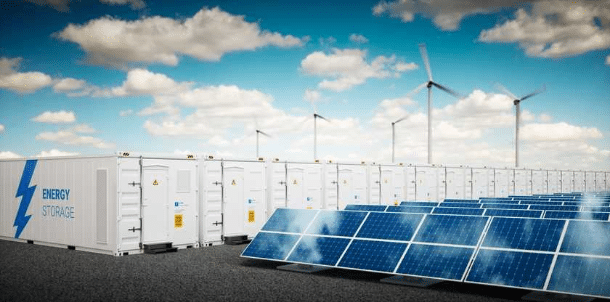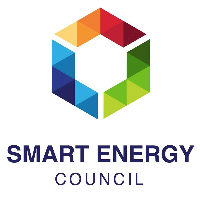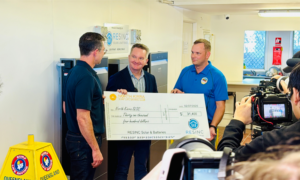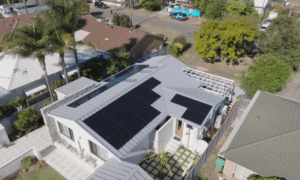The National Energy Guarantee or NEG disadvantages will cripple Australia’s renewable energy sector and is worse than doing nothing, claims the Smart Energy Council.
Australia’s energy ministers approved further development of the NEG design at last week’s meeting of the COAG Energy Council.
However, the Smart Energy Council says the Coalition must commit to slashing carbon emissions by at least 50 per cent by 2030. Failing that, “the National Energy Guarantee must be axed”.
Government policy needed to drive renewable investment
According to Smart Energy Council CEO John Grimes, only 1.5 GW of renewable energy projects is likely to be finished by 2025 despite an existing 16 GW pipeline.
Large-scale clean energy targets will peak in 2020. Meanwhile, industry has been waiting for new government policy to drive renewable development beyond that date.
Battery energy storage part of renewable pipeline
The energy storage industry will also be hit, Mr Grimes says. Uncertainty around the NEG has already slowed sector investment and hit funding parameters.

Following the success of Tesla’s big battery in South Australia, several large-scale wind and solar energy storage projects have subsequently been earmarked for regional Victoria and South Australia. The NEG could affect these projects, according to the Council.
Because the stationary energy sector is not required to reduce emissions beyond 26-28 per cent by 2030, the government is therefore missing an opportunity, the Council says
Mr Grimes says the cheapest and easiest emission reductions can be made in the stationary energy sector using wind and solar power.
A classification change will also hit renewable energy projects, he adds. The RET is already on track to deliver 23.5 per cent renewables in Australia’s energy mix by 2030. This excludes hydro and rooftop solar PV.
The NEG is ‘cheating’ however by including hydro and rooftop solar panel systems in its 26-28 per cent goal. It will then reach or exceed its target by 2020 leaving a whole decade with no further targets to meet.
Smart Energy Council: states lose under NEG disadvantages
According to Mr Grimes, individual states will not be able to run additional state-based renewable programs alongside the central targets. The federal energy minister will take sole responsibility for the NEG.
The Smart Energy Council exists to push the agenda for cleaner, smarter energy solutions throughout Australia.
It formed in November 2017 following the amalgamation of the Australian Solar Council and the Energy Storage Council. The Smart Energy Council describes itself as the new national voice for Australia’s smart energy future.












































